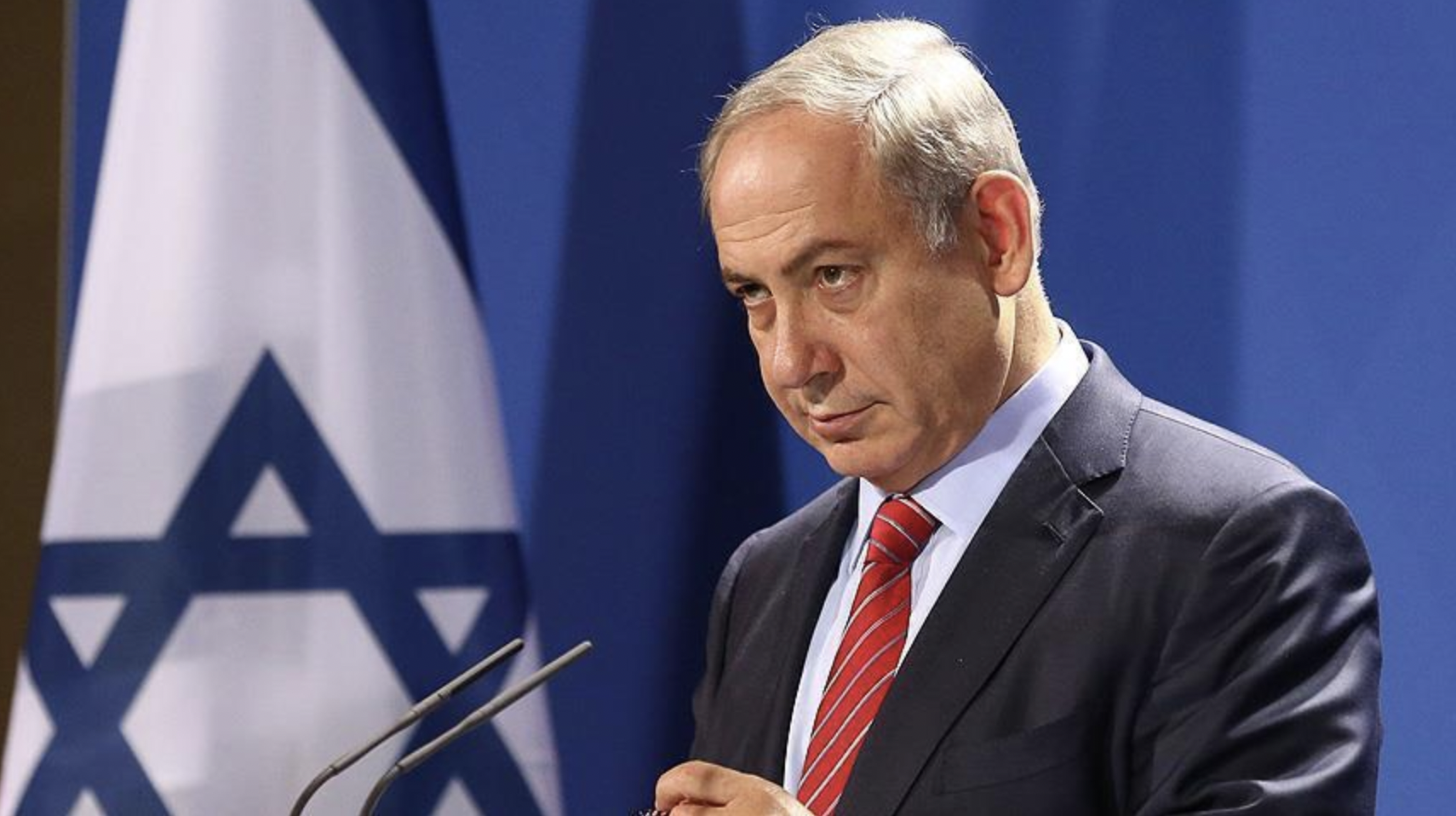
Gaza Shows That Netanyahu Never Wanted a Two State Solution
The Globe and Mail
July 21, 2014
Moments of candour are rare in politics, but U.S. Secretary of State John Kerry provided one on Sunday. His microphone still on, Mr. Kerry turned to an aide and called the Israeli invasion of Gaza, sarcastically, “a hell of a pinpoint operation” before saying, “We’ve got to get over there.” How early did he mean? “Tonight.”
“I think it’s crazy to be sitting around,” Mr. Kerry finally said.
The world is clearly worried about this latest cycle of violence between Israel and Hamas, in which 80 per cent of all deaths in Gaza have been civilians. What should also be distressing to onlookers is the permanent shelving of the two-state settlement, the only viable solution to the 47-year occupation of Palestinian territories.
Israeli Prime Minister Benjamin Netanyahu has done more to kill the peace plan than any previous leader on either side. The two-state solution was on the table when he came into office in 2009, he had partners in Palestine and the United States, yet he paid only lip service to the plan as he continued to allow the expansion of settlements in the occupied territories.
The two-state settlement is the official policy of every major actor from the United States to the United Nations. It stipulates a just end to the occupation, a return to the pre-1967 borders with mutually agreeable land swaps, and a contiguous Palestinian state in the West Bank and Gaza Strip with East Jerusalem as its capital. The refugee question was already solved in 2001. While the moral and ethical arguments for a Palestinian state are sufficient, to those still unconvinced, only a two-state settlement will save Israel from the future it faces should the status quo continue – a future in which the occupied Palestinian territories are absorbed into Israel, which then becomes either a democratic state with an Arab majority or an undemocratic Jewish state.
As Ehud Olmert and Ehud Barak, two former Israeli prime ministers, have warned, and John Kerry said in a closed-door meeting this year, the status quo leads to something resembling apartheid.
It may seem like ancient history now, but when Barack Obama became president he put the two-state settlement atop his foreign policy agenda, appointing George Mitchell as special envoy for the process. Mr. Mitchell had previously been Senate Majority Leader and had later brokered the Good Friday Agreement in Northern Ireland. During his address to the Muslim world that year, Mr. Obama explicitly called for “these settlements to stop.” The following week, Mr. Netanyahu, for the first time in his political career, came out in support of a demilitarized Palestinian state. Had the moment for peace arrived?
It turns out that much of this ‘moderation’ was a sham. Mr. Netanyahu’s father – himself an opponent of Palestinian statehood – told an Israeli news channel very soon thereafter that his son “doesn’t support [a Palestinian state]. He would support it under terms they would never accept.” The settlements expanded, the occupation continued, and the U.S. president backed off.
When the Arab Spring broke out in 2011, President Obama tried again to restart the negotiations and called for a return to the 1967 lines. This was supposed to be an uncontroversial statement. But Mr. Netanyahu openly rejected it, called it “indefensible,” then went on to lecture the president in the Oval Office.
Act Three took place this year, when Israeli and Palestinian negotiators met to solve the dispute under the auspices of John Kerry. This time, Mr. Netanyahu’s demand was that the Palestinians recognize Israel as a specifically Jewish state -- despite the fact that the Palestine Liberation Organization and its successors had recognized Israel’s statehood and right to exist since 1988.
The peace talks collapsed, and Fatah and Hamas signed a unity government that could have forestalled the violence. This government accepted the principles of nonviolence, recognition of Israel, and adherence to past agreements. It was effectively run by the less radical Fatah, without Hamas members. There was an opportunity to finally move forward, and the United States and European Union rightly saw this (Canada did not) and they decided to take a wait-and-see approach.
But a unity government committed to peace would mean that Mr. Netanyahu had a partner in peace. This would have been a good thing had he been in favor of a two-state solution, but last week he put such pretenses to rest. As The Times of Israel reported, Mr. Netanyahu said he “could never, ever countenance a fully sovereign Palestinian state in the West Bank.”
If the current war has revealed anything, it is the simple truth that this Israeli government is not in favour of a just end to the occupation.